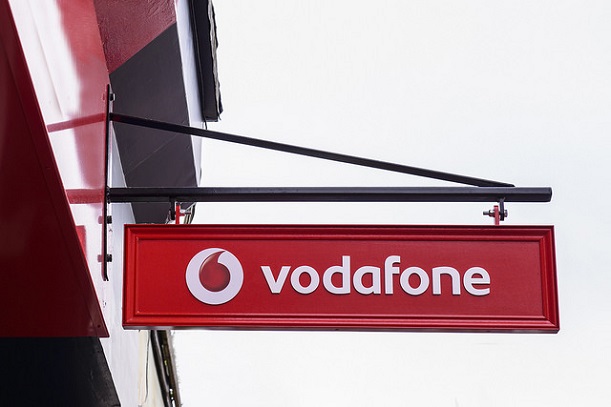Vodafone Netherlands and Ericsson have conducted a live trial of LTE carrier aggregation (CA) using both licensed and unlicensed bands.
The test used an Ericsson small cell and a test device powered by Qualcomm’s LTE-U-supporting X12 modem. The companies said they were able to achieve download speeds of 274Mbps by aggregating 20MHZ of licensed spectrum in the 1800 band with 20MHz on the unlicensed 5GHz band.
According to the companies, the latest trial demonstrated that aggregating licensed and unlicensed spectrum enabled smartphone users to maintain their LTE connection while getting a speed boost from the unlicensed 5GHz band.
Previous LAA demonstrations by Ericsson have seen the vendor achieve speeds of up to 450Mbps.
Vodafone added it would continue to push for the commercialisation of LAA, which is viewed by many telcos as a means of enabling spectrum to be used more efficiently, while additionally increasing network capacity.
However, LAA remains a contentious subject amongst Wi-Fi providers in particular, who have questioned whether LTE-U will ultimately cannibalise the 5GHz band.
The operator said the 5GHz band holds particular potential for mobile operators as it is less crowded than other unlicensed bands, with up to 600MHz free spectrum available.
Dr Li Lin, Specialist at Vodafone’s Mobile Access Centre of Excellence, said: “In the last three months Vodafone customers used 400 petabytes of data on their mobile phones…In our European markets, this surge in data usage is driven by customers using on average twice as much 4G data as they did on 3G.
“More data usage puts pressure on the licensed spectrum which Vodafone buys and so we are pleased to have become the first network in the world to successfully trial delivering LTE on a commercial network by aggregating both licensed and unlicensed bands.
“This technology will help us to further expand 4G capacity and improve the experience our customers have when using mobile broadband.”



